The cost of missed opportunities - is your company losing a lot of money?
You don't know what you don't know. When you engage with customers, every interaction can have a butterfly effect. Every detail can potentially have an enormous impact on your business. But do you know which opportunities you are missing and what is the cost of it?
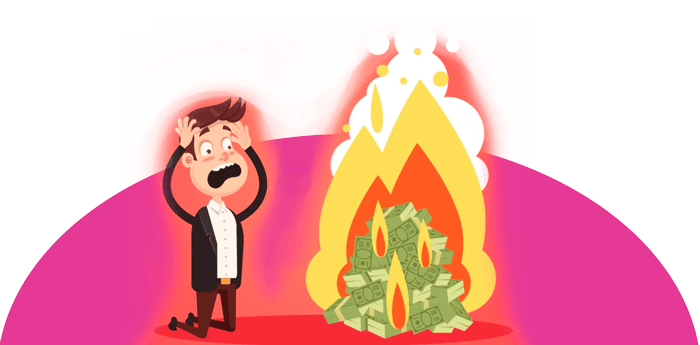
If you are in a B2C environment, your customers certainly engage with your brand regularly: they ask questions, get their problems solved, seek your help. The way you engage with them represents a huge opportunity.
Obvious missed opportunities
When you talk to a satisfied customer, your opportunity is to turn him into a brand ambassador who would not only purchase more, but also promote your brand to his peers. In average, a happy customer tells nine other people. When you take this opportunity, you increase the value of this specific customer and sow seeds for future customers for an ultimate result that is far greater than the cost of taking care of that person. When you don't, you lose all the benefits and potentially hurt your relationship with this customer.
Cost of missed opportunity: (customer value increase * customer lifetime) + (customer lifetime value * 9)
When you engage with a dissatisfied customer, your opportunity is to turn him into a satisfied customer who would neither churn nor harm your brand image. In average, an unhappy customer will tell another 15 people. When you miss this opportunity, the cost is huge: first, you lose a customer that you spent time and money acquiring as well as all the revenue he could have generated in the future, then you reduce your chances of acquiring other customers in his network.
Cost of missed opportunity: customer acquisition cost + customer lifetime value + (customer lifetime value * 15)
These two obvious examples of missed opportunities have a very obvious cost. But there are other missed opportunities your brand may be suffering.
Silent customers
For every complaint you receive, 26 other customers remain silent. These people may or may not be happy with your service, they may be on the verge of churning, you simply don't know since they don't engage. The reason why they don't reach out is simply that you do not make it easy enough for them to engage: the effort required to reach out surpasses the frustration of the problem or question they have (find out more about silent customers).
If you were available on the channels they favor, they may reach out and you would get new opportunities to satisfy them or save the relationship before churn.
Cost of missed opportunity: 26 * number of complaints * cost of dissatisfied customer
Abandon rate
Lucky for you, some of your customers are NOT silent - they have things to say and they really want to have a conversation with your brand.
Unfortunately, when they reach out through synchronous channels (typically phone or live-chat), they regularly end-up having to wait. When the waiting time is short, they may accept it and hold. But too often the waiting time is long and customers simply don't have the patience to wait for your next agent to be available. It may also happen that your IVR is built to discourage customers and get them lost before they could talk to someone.
The customer then hangs up before even talking to a customer service representative. This is what we refer to as abandon rate: the number of people who drop compared to the total number of calls.
The missed opportunity in this situation is, again, to satisfy a customer. The risk is to frustrate a potentially happy customer and turn him into a detractor.
If you would offer alternative asynchronous solutions (messaging, social media, email, forums, etc.) and make it easy for people to engage on these channels, you would reduce your synchronous volume and keep your queue shorter and your customers more satisfied.
Cost of missed opportunity: number of calls dropped * cost of dissatisfied customer
Non-monitored channels
The internet it public. There are people who talk to you, and others who talk about you.
Twitter is the perfect example: lots of people may be talking about your brand without necessarily talking to you directly. If you don't monitor such channel to catch conversations talking about you, you end up missing opportunities.
There are good conversations you could monetize, unsure prospects you could convince, angry customers you could reassure, etc. Furthermore, monitoring a platform like Twitter allows you to reduce the risk of bad-buzz and controlling your communication.
The cost of missed opportunity in this case is enormous and very hard to estimate: you don't know what you don't know.
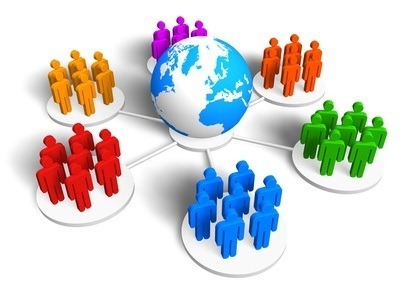
Public comments
You certainly already know multiple review platforms: TripAdvisor, Yelp, Foursquare or Google my Business.
The most important of them is certainly Google my Business: it covers all industries (while others are more specific), it gathers more reviews than others, and it directly impacts your SEO.
Yet, if you have a company with multiple branches, locations, agencies, restaurants or shops, it may be incredibly complex to manage all of them. You can't simply connect to each and every account on a daily basis to review who said what and respond online. That being said, whether you created pages or not, your customers and prospects will leave reviews and create pages for you if it isn't done yet.
Knowing that nearly 95% of shoppers read online reviews before making a purchase, it may be worth looking at what people say about you! And if you know that 54% of consumers visit a local business’s website after reading a positive review you should definitely try to push for more positive reviews.
But what happens when you do NOT monitor these reviews? What happens when you do NOT respond to negative and positive comments about your brand or product?
Negative comments start piling up and people reading them realize you did not try to explain or solve the situation. You simply don't care. It hurts tremendously the relationship you have with commenters and readers; it hurts your general image and it makes you miss opportunities of readers who may have purchased from you otherwise.
Cost of missed opportunity: number of negative comments * average number of views per comment * cost of dissatisfied customer
The hidden cost
Beyond the visible cost of missed opportunities, there is the hidden cost. Your brand image suffers from missed opportunities and words of mouth spread fast.
The internet keeps tracks of everything and hardly forgives: bad online reviews will hurt your business in the long run and could in turn impact your sales in a vicious cycle.
What should I do about it?
There are a few essential steps you must take to prevent missing opportunities and suffering from it.
The first one is to understand who your customers are, how they communicate with their friends and family, what channels they favor and why.
Once you get that piece right, you can start making your brand available on these channels and allow prospects and customers to engage with you there.
Your next step is to reduce the effort required to engage with you: it is not just about being available on the right channels, it is also about making it easy to find you and engage with you. For example, making your brand available on WhatsApp seems like a smart move if your customers widely use this channel, but hiding your WhatsApp contact button somewhere on your contact page isn't the right approach. Your contact details shouldn't be buried somewhere. It should be visible and accessible from anywhere: your website, your app, your social channels, your products' packaging, even your email signatures! Tell the world how easy it is to engage with you and encourage people to do so.
The next step is to change your internal culture to turn the vision people have of your contact center. It should no longer be considered a cost-center where each conversation has a negative impact on budget. You must turn it into a profit-center, where each conversation is an opportunity to increase customer value and loyalty and increase the revenue.
This step is easier said than done: it will most certainly be an ongoing change as changing people's vision takes time. It is however essential to get your strategy to work.
When you are available on the right channels and your company becomes more customer-centric, it is time to look beyond direct customer engagement and consider indirect sources.
You should scan specific platforms and aggregate conversations that concern you. Platforms like Twitter are great for that: people certainly talk about you on Twitter without you knowing it. If it is good you can thank them and reinforce the message. If it is bad you can jump it and clarify the situation, turn detractors into brand ambassadors. That you can only do if you know where to look.
You should also consider monitoring and responding on review platforms. Google my Business or Google Play are great examples of platforms you must keep an eye on if you wish to control your image. As discussed earlier, comments left unattended don't give a great image of your company. At best it shows you don't care; at worst it shows you don't take any responsibility.
Collect and centralize all comments from all platforms relevant to your business, analyze them, respond to them and make sure no unhappy customer is left unsatisfied. Depending on the number of pages you have, you may decide to respond to everything globally from your headquarters or re-allocate messages to local branches to let them handle it with the local context. In both situations you need to monitor and control things tightly to leave no comment unanswered. Speed is also a success factor: people don't expect a response within 5 minutes, but they also don't expect to wait for weeks before you show interest in their feedback.
Each comment you respond to will have a positive impact on this specific customer as well as all the readers that may find this comment in the years to come.
Are you now ready to improve your customers' loyalty and make sure you will never miss an opportunity again?
Last update: 2024-04-22 Tags: customer service missed opportunities contact center customer care customer engagement

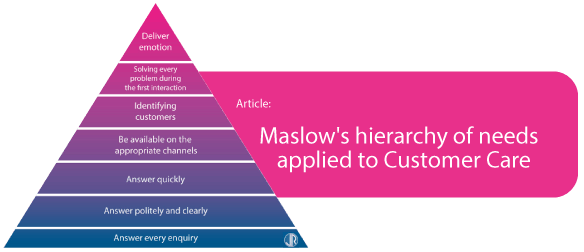
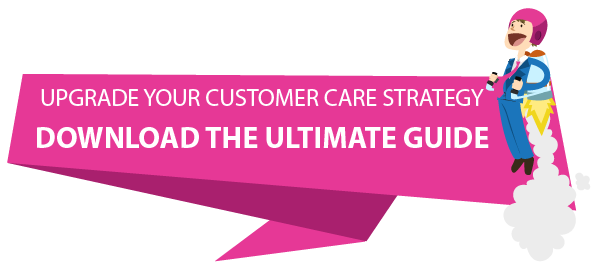
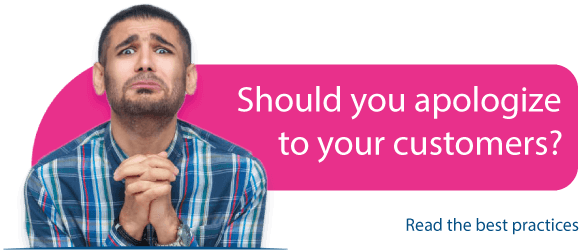


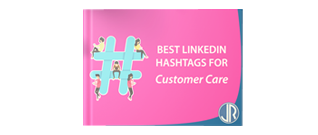

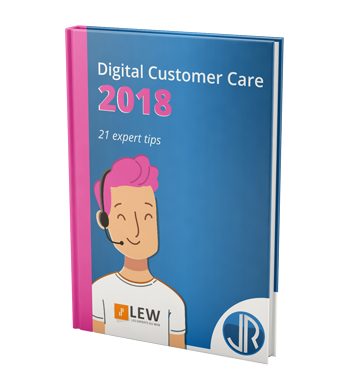

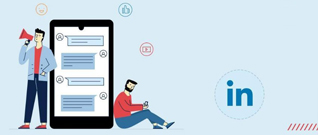


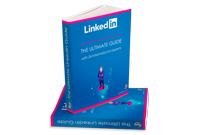
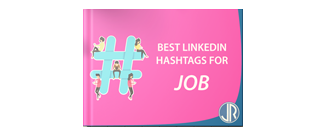


 Français
Français English
English